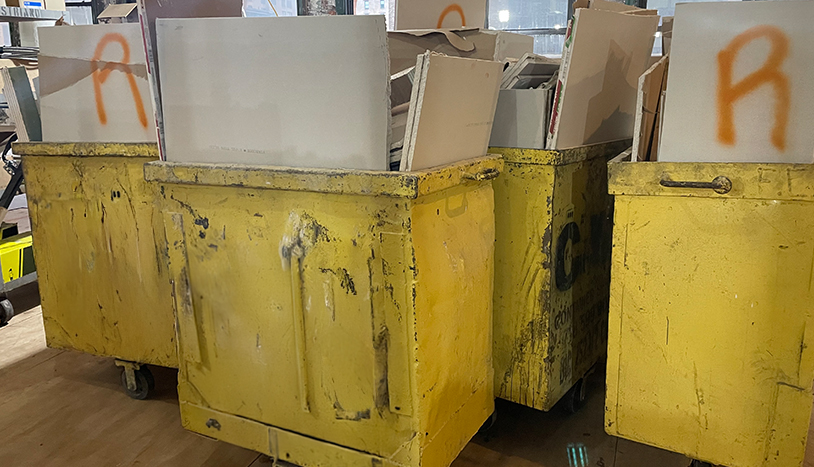As project schedules become more and more ambitious, our project delivery methods must continue to evolve. One way to achieve these expedited schedules is to leverage a design-assist approach.
Am Law 100 firms have drastically reduced square footage per attorney office, but this transition has been slow to reflect in actual efficiencies per attorney.
In this episode of The Construction Insiders Podcast, host Jessica Busch explores Integrated Project Delivery (IPD) in healthcare construction, focusing on its evolution and effectiveness for complex facilities with guests Steve Howard and Michael Blasingim. The discussion covers the key aspects of IPD, including its benefits, challenges, and role in fostering collaboration among stakeholders in healthcare projects. The podcast also delves into the technological tools that facilitate IPD processes and examines future trends in the application of this delivery method for healthcare facilities.
In construction, one size does not fit all—especially when it comes to project delivery methods. This issue of Insights digs into how some of these common and emerging methods are doing just that.
More apartments and condos target affluent renters and buyers. Delivering luxe living requires an approach to design, construction, and services that personalizes experiences.
In the heart of Tacoma, Washington, a transformative project is underway with a promise to reshape healthcare for the community’s youngest members—the MultiCare Mary Bridge Children’s Hospital. And with the strategic partnership between Layton Construction and Abbott Construction to build it, the project stands as a testament to the power of collaboration and shared healthcare construction expertise.
The construction industry in 2024 was defined by strong fundamentals, marked by a 10% increase in nominal value added and a 12% increase in gross output.
By 2020, life sciences facilities were on the rise. Enter the pandemic, and the urgent need for vaccine research & development labs and manufacturing facilities created a spike in life sciences construction. However, with less emphasis on vaccine development and a subsequent cooling of that spike, many geographic regions now find themselves grappling with a saturated market.
Like many industries, steel experienced significant turbulence during the pandemic—primarily driven by unprecedented demand. The surge in demand for steel products, including joists, decks, and beams, significantly stressed production and fabrication capacity. The industry’s ability to quickly adapt to market demands was hindered by the sheer volume of requests, making it difficult to meet pre-pandemic project timelines.
Building behavioral health facilities has long been a Layton priority. We’re passionate about creating spaces that support mental health and improve the lives of individuals in communities across the country.
Workplace space efficiency and effectiveness trends are driving a redistribution of office fit-out costs for law firms. A greater percentage of the project budget is being allocated to improving the quality of space, amenities, social spaces and AV/IT technology.
It’s easy to grasp the visible expansion of Jefferson Healthcare on Sheridan Street and to understand that it benefits the community. We are a bit isolated here on the peninsula, and having quality care is essential for good outcomes.
